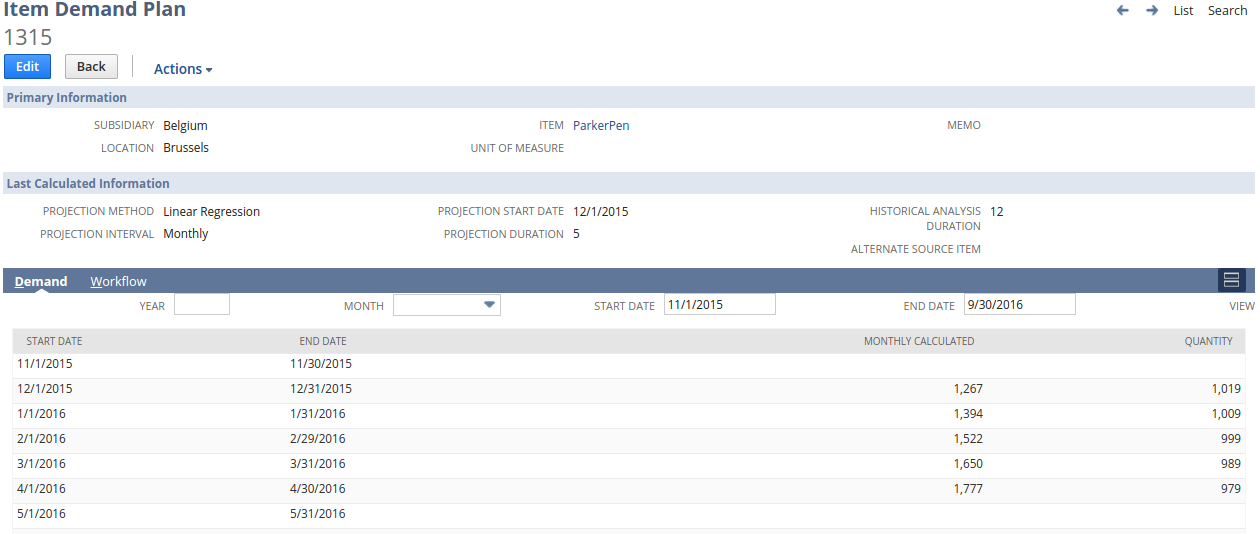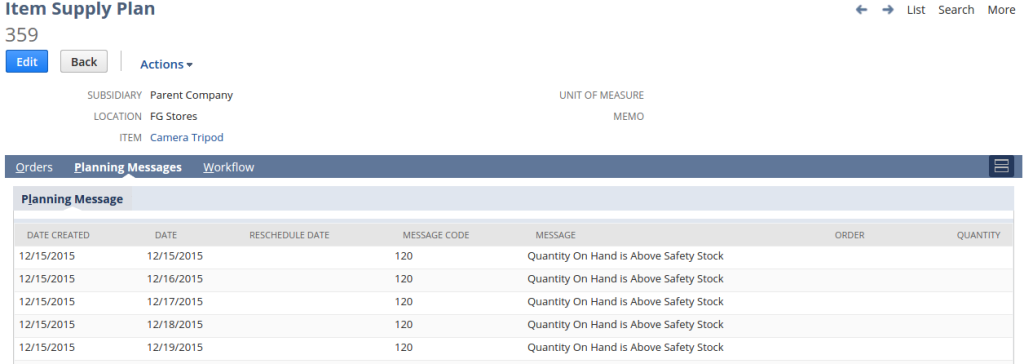Data Selection, Gathering and Preparation for Demand Forecast
Data Selection, Gathering & Preparation for Demand Forecasting
Usually, it’s been observed that the database from where the report is fetched contains a collection of mixed data which includes data used for processing the software, data that contains the configuration values, transactional level data, and so on. So, selecting the right kind of data and gathering it together to give a relevant output on which the next step (i.e. FNS Segmentation) can be applied plays an equal role in better demand forecasting.
Data preparation:
Continuing our previous example, let’s say for demand forecasting for Mint Candies we had to choose all the data available in the backend. Under this condition, for e.g. fields like the name of a salesman who sold these candies and the vehicle information in which it got shipped will be extra information that might not be useful in forecasting the sales for Candies. And also every time a large chunk of data would be synced will result in performance or slowness issues for fetching the data from the report. So, the first thing we need to take care of is about selecting the exact useful data for processing reports.
The next feedback we had it from one of our existing clients who had a common business scenario. Let’s understand it with our example, so now our company has already three existing products i.e. Mint Candies, Bar Chocolates, and Luxury Dark Chocolates. But to progress further, a new product has been launched in the middle of the financial year e.g. Jelly Beans. And by applying the same pattern and FNS Segmentation even Jelly beans started showing their progress in sales. But, at the end of the financial year when we will evaluate all our products than the new product Jelly beans even after making a good sale, it would project low sales at the end of the financial year report. The reason behind this would be an introduction of the new product at mid the year compared to the existing product. So, the next thing we need to take care of is tracking the product from the date it has been introduced in the market or the warehouse.
Seasonality and Trend:
Moving further in the analysis, we got to know that the product has to be tracked in Season wise like during the times of festivals, regular days, etc., and also based on customers’ tastes certain products do well in one part of the country, and at the same time doesn’t go well in the other part. So, we also need to take care that the products have to be tracked in a geographic way as well. There are many measures for tracking like at the Customer level, Market level, Shop wise, and at times at the Hub level as well. Also, if we expand our example horizon-wise for our industry like Chocolates, Soaps Chips, etc. then under this situation it will become necessary to track our products through their categories as well. So that the performance of each line of business can be tracked.
Segmentation:
Last but not the least, it’s like a trend which now a day most of the industry is adopting. It’s about the Segmentation of data, which ideally means dividing the customer into a set of groups based on their buying pattern and lifestyle and then taking any business step by focusing on a certain group of customers. A simple example would be “A group of customer who buys Luxury Dark Chocolates frequently” can be treated as a Platinum group of Customer and to motivate them, more certain discounts or Value Added Services can be provided to them; to keep them engaged with the product sales. So, to continue or to improve product sales, we need to take care of Data Segmentation as well.
We hope our experiences would help in some way in optimizing or directing your business at any given point in time. Like always, we would like to conclude with; if you like any of our advice or suggestion or if you are looking forward to any of such implementations then you can mail us at sales@bistasolutions.com or contact us here.




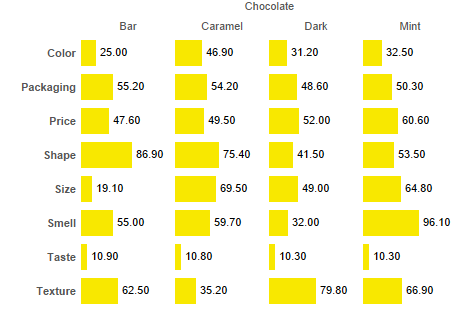
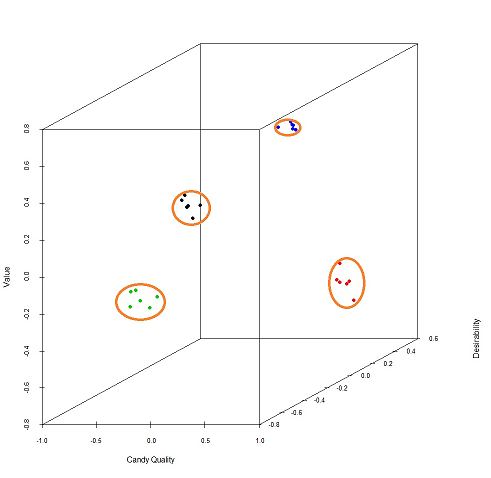

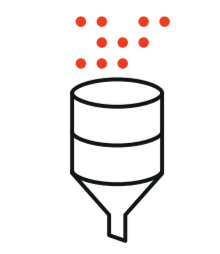


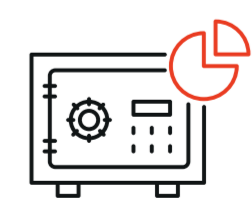


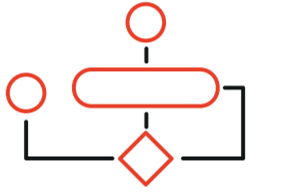

 Graph 1
Graph 1 Formula for calculating
Formula for calculating Graph 2
Graph 2
